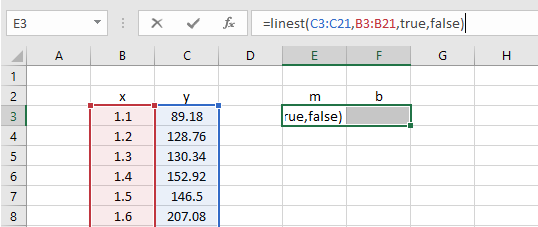
Standardize predictor variables: Select to make all variables the same size based on the algorithm used.Enter value of alpha: Select a value between 0 (ridge regression) and 1 (lasso) to measure the amount of emphasis given to the coefficient.Use regularized regression: Select to balance the same minimization of sum of squared errors with a penalty term on the size of the coefficients and produce a simpler model.Use a weight variable for weighted least squares: Select a variable to determine the amount of importance to place on each record when creating a least-squares model.Omit a model constant: Select to omit a constant and have the best fit line pass through the origin.Select Customize to modify the Model, Cross-validation, and Plots settings. They have no predictive value and can cause runtime exceptions. Columns containing unique identifiers, such as surrogate primary keys and natural primary keys, should not be used in statistical analyses. Any number of predictor variables can be selected, but the target variable should not also be a predictor variable.

A predictor variable is also known as a feature or an independent variable.

If the input data comes from either an XDF Output tool or XDF Input tool, then the RevoScaleR rxLinMod function is used for model estimation. If the input data is from an Alteryx data stream, then the open-source R lm function and the glmnet and cv.glmnet functions (from the glmnet package) is used for model estimation.


 0 kommentar(er)
0 kommentar(er)
